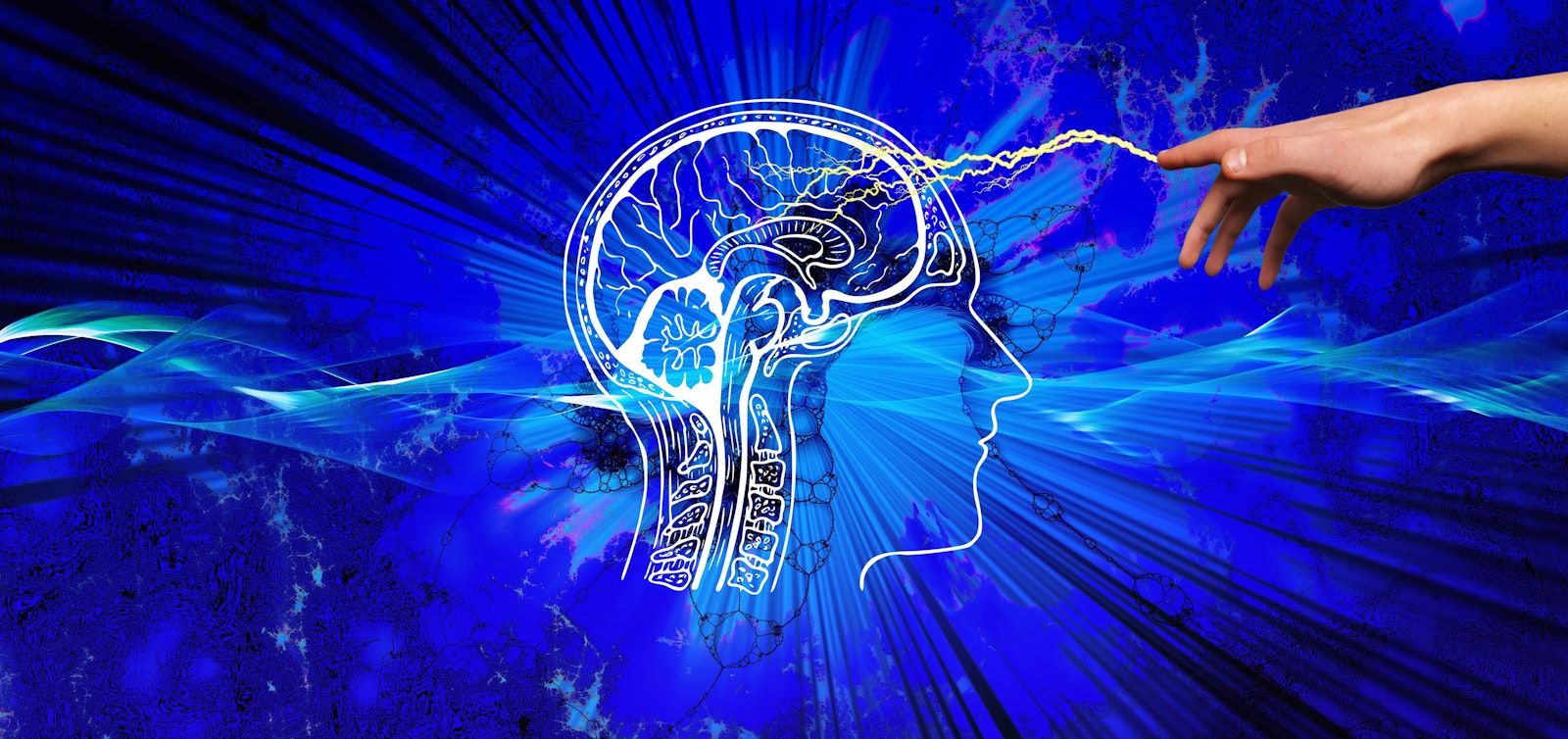In what feels like another lifetime ago I created wedding cakes. One of the questions that occasionally came up when meeting with couples to design a creation for their day was “how could I see something I had created get taken apart and eaten?” Mostly it was because I was rarely an attendee to the events that I made cakes for. On the rare occasion that I was also invited to the event, I normally did the dismantling myself! For me, it was the act of making—the creative process that brought me joy in building those cakes. Once my part was finished, it was time for others to enjoy it in their way.
Handwork is much the same way. It’s the process vs. the finished item that drives the desire to make. What does the act of making do for us? How does it affect the brain?
Mark in time in memories
Many projects that I have finished are memory triggers. I can see or think about them and remember exactly what was going on in my life at the time I was working on them. My craft bag has accompanied me on many occasions. Knitting Lyanna’s Shawl and Mehndi-Inspired Wedding Mitts calmed me during hospital visits with family. Tatting at cross-county meets and before band concerts always draws the eye. Keeping my hands busy isn’t to be antisocial—rather, the actions of my hands keep me in the moment and builds the memory.
Anyone else take their knitting on trips? These socks kept me grounded on my daughter's college visit trip. Photos by the author.
Learning new things
In a study featured by Psychology Today researchers have shown that the connective portions of neurons shrink with a lack of stimulation. Learning prevents this from happening and strengthens the brain as it enlarges the connections and increases the areas that communicate with each other. Focusing attention on a task also increases the capacity for self-regulation, calming the mind and body. Being in this self-regulatory state helps fight anxiety, depression, and other mental disorders. Using my hands to learn something new helps me to reach this meditative state that encourages neural strengthening.
Human connection
One of the things I hope the world has learned the last two years in our state of semi-isolation is how connected we really are. By sharing the projects that we are working on, demonstrating a different technique, passing skills from one generation to the next—all of this builds that brain power. The use of our hands continues to build connections in the brain and with those around us. This brings us full circle with memories of how we learned through our hands and where we were in time and space doing it.

My daughter learning to knit at age 9.
Creativity isn’t just about the finished item, but the culmination of the time spent on the piece. What else was going on in my life when I was working on it? What was I feeling? What did I learn from the piece and how can I share that with others? All of this is what goes into the process of creating.
How do you express yourself through creativity? Share your projects with us at [email protected].
Katrina King, who in another lifetime earned a biology and neuroanatomy degree, has yet to meet a fiber craft she doesn’t like. Along with lace knitting, she also has crochet, weaving, spinning laceweight yarn, and tatting in her tool bag. You can follow her craft adventures at Threaded Dream Studio. When she’s not crafting, she can be found teaching at her local yarn shops, reading epic fantasy novels, and chasing her daughters to various activities in and around Fort Collins, Colorado.

